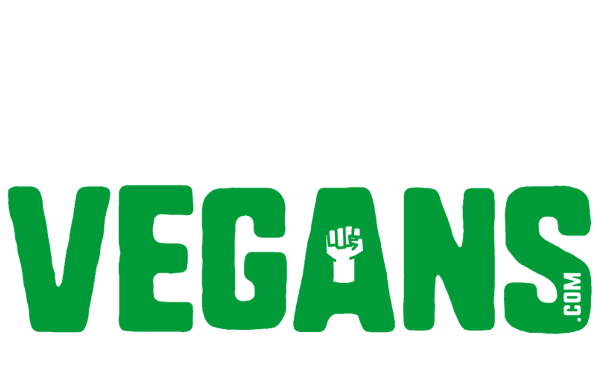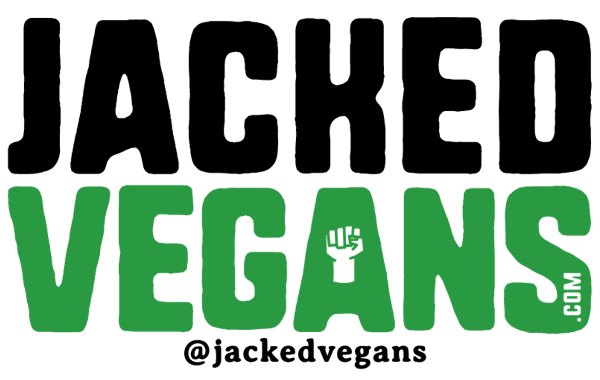Building muscles take time and patience. It could get frustrating not seeing the results you’re looking for.
Some people might be hoping to gain some pounds during the first few weeks. Some might expect to see the difference in their pictures. Unfortunately, many quit early in their journey when they don’t see results immediately.
In today’s post, we’ll give you the clear signs of gaining muscle, male or female, even if you’re not seeing the results yet.
First and foremost, I want to talk about the muscles…
How long does it take to gain muscles?
Several factors will determine how quickly you build muscle: genetics, training program, nutrition, hormones, and body composition. Some people are overweight and want to build muscle, while some are skinny ectomorphs hoping to add a few pounds of muscle.
However, with a solid workout program and nutrition plan to support muscle growth, it’s reasonable to see muscle growth after a few weeks (especially if you’re a newbie) and a noticeable improvement after a few months.
If you’ve been lifting weights for a long time, adding a bit of muscle to your frame will be more challenging.
How long does it take to build noticeable muscle for females?
Both males and females respond favorably to strength training, but males have higher testosterone levels to build muscle faster than females. The type of diet, training, body composition, and how strictly they follow the program will determine how quickly they build strength.
Our female Jacked vegan clients have seen muscle growth in about four weeks, even though they are total newbies to weight training.
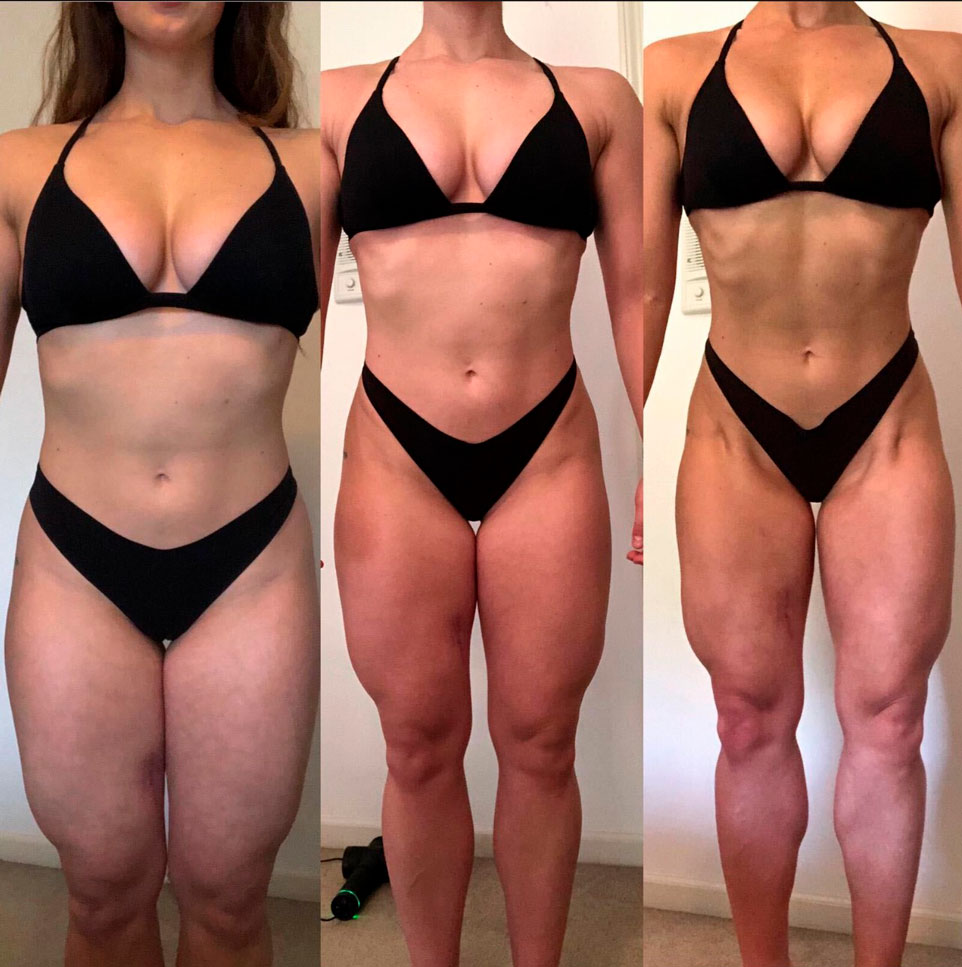
What are the best exercises for gaining muscle?
Performing compound movements are the most recommended if you’re trying to lose fat and build muscle.
Compound movements such as bench presses, pullups, squats, deadlifts, and shoulder presses are exercises that recruit more than one muscle group. They are more efficient at burning calories than isolated exercises such as bicep curls and tricep kickbacks because they recruit more muscles, and you need to use more energy for these lifts.
By building muscle and burning fat simultaneously, you will build some serious muscle definition that gives that lean look people aim for.
How do I know if I’m gaining fat or muscle?
When you start resistance training, you will gain weight at some point.
This would sound like good news if you’re on the skinny side and want to put on muscle. However, you want this additional weight to be from muscle and not fat.
However, the weight increase might drive you nuts if you’re on the heavier side and want to lose weight. The weighing scale is a good tool to use if you’re gaining muscle or losing fat, but it shouldn’t be the only tool as it doesn’t accurately indicate how much fat or muscle you have.
The following are some tests that can measure how much muscle, fat, and water you have in your body:
Underwater weighing
Also called hydrostatic weighing, is one of the most accurate ways to measure body fat. The process involves measuring your weight on land and underwater, the difference of which could allow the tester to calculate your body fat and muscle.
It’s widely considered the gold standard in body composition testing.
DEXA scan
A type of exam that uses low levels of x-ray to measure bone density. It is usually used for bone fracture risk assessment for people over 50, but it can also measure body fat and muscle.
Skin Caliper test
The most common and accessible way to measure a person’s body fat percentage. You can estimate how much body fat you have by taking measurements of skinfolds in specific parts of the body.
It’s less accurate than the high-tech methods listed above but more accurate than the next.
BIA (Bioelectrical impedance analysis)
This measures your body composition based on how fast electrical current passes through your body. The more body fat a person has, the slower the electric current travels.
You can get an estimate of your body fat percentage, but it’s usually less accurate than the abovementioned ones.
By taking the measurements before, during, and after your training program, you would know if your program works if you’re losing body fat but gaining muscle.
However, these are not the only indications that you’re gaining muscle. There are other telltale signs, such as the following:
Clear signs you are gaining muscle
1. You’re not as sore
Delayed onset muscle soreness (DOMS) is the soreness you feel after your workout.
When you are new to resistance training, and your body is not used to the new stress you’re applying, it causes micro-tears in the muscle fibers. The soreness you feel is due to inflammation within the muscle.
These microtears need to be repaired into stronger and bigger muscles. Once they’ve been rebuilt, you will experience less soreness after each training session and would have to increase the intensity to cause more muscles to grow.
2. You look forward to the workouts
If you’re new to resistance training, you’re sore after each workout, your whole body hurts, and maybe even struggle to do the exercises. It’s normal to dread going to the gym because what’s there to look forward to anyway, right?
It seems like all that’s in store for you is pain.
But after a few weeks, you start feeling better (it must be the happy hormones), and you’re less sore. Your workouts get easier even if you don’t see any noticeable changes in your body yet.
Your workouts are getting easier because of this next sign.
3. You can lift heavier weights
An obvious sign of gaining muscle even if you can’t see it yet.
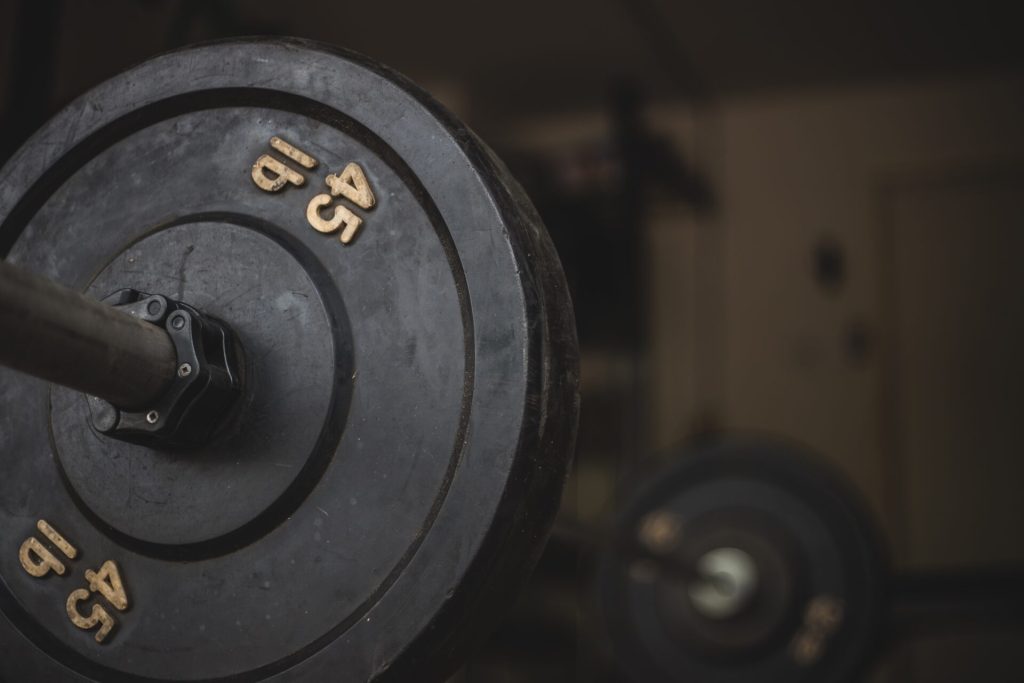
Initially, you might struggle to squat 50 kgs for ten reps. By your eighth or ninth rep, you must be struggling to lift the weight with good form, and you might feel like dying by the tenth rep.
But as you build muscle and get stronger, you’ll find it’s easier to lift the weight, you can maintain good form towards the end of the set, and you could even crank out a few more reps.
4. You can do the workouts in less time
A good sign that your power and explosiveness improved is if you can do the exercises in less time (with good form, of course).
Take the bench press, for example. Pushing the barbell up faster is a good sign of improved power.
In addition, getting stronger means you need less time to rest between sets.
5. Daily activities get easier
Walking up a flight of stairs is more effortless.
Lifting heavy objects off the floor like a small table or sofa is easier.
You’ll probably sweat less while scrubbing the floor and the bathtub.
You’ll find that you can squat longer while gardening.
Pushing/pulling a door open and stacking objects on an overhead shelf is easier.
I’m sure there are others, but these are just some daily activities that will get easier as you get stronger.
6. Increased measurements
If you’re skinny and want tangible results that you’re gaining muscle, you can get a tape measure and take measurements of different body parts, like the arms, waistline, thigh, and chest, before and after a workout program.
An increase in measurement could signify muscle gain, but you must combine this data with other information in this post to ensure that your arms are getting more prominent because of muscles and not because of fat gain.
7. Better mind-muscle connection
The mind-muscle connection is the ability to connect to the muscle you’re contracting mentally. The greater the mind-muscle connection, the more you can recruit muscle fibers, and the greater the contraction.
If you are doing a bench press for the first time, your mind will be on several things at once; is your form correct? Can you handle the weight? How many more reps to go? Etc.
While it’s good to keep these things in mind, it takes away your concentration from doing one thing that would help you build more muscles: Contracting your pecs.
As you get stronger and more experienced, you will notice that you can focus more on working the pecs instead of the triceps dominating to lift the barbell off your chest.
8. Better posture
When you build more muscles, especially your core and back muscles, they can support your spine more and give you a straighter, taller look.
9. People notice/ you get compliments
You might not see your physique change if you look at yourself every day in the mirror. Breaking down and rebuilding muscles is slow and could take weeks and months.
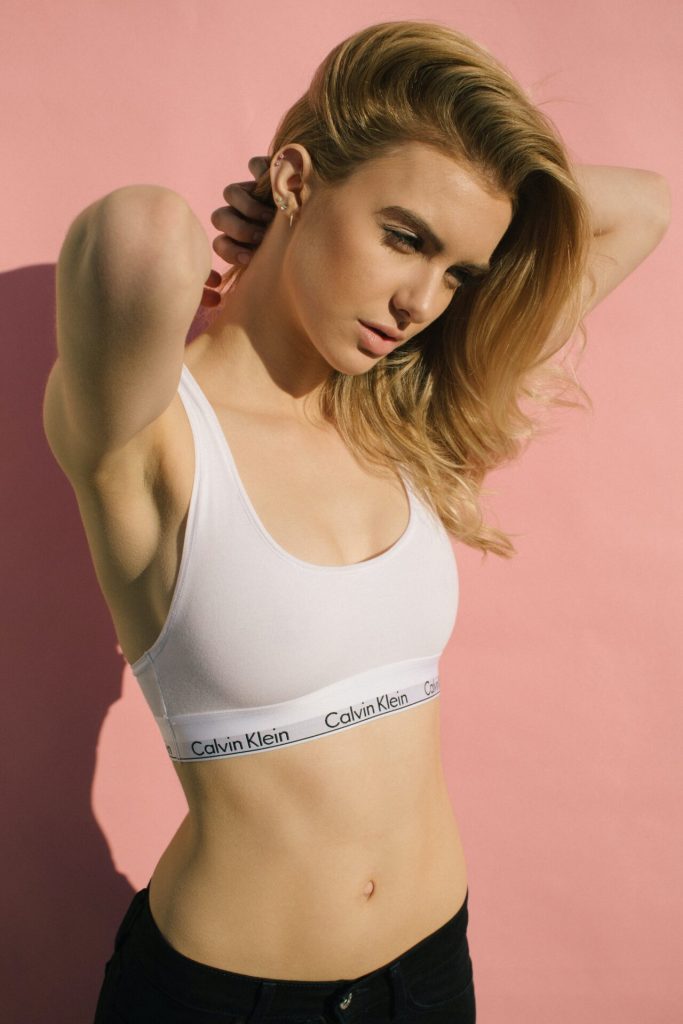
But your friends, family, and coworkers, especially those you haven’t seen in a while, certainly do. So if you start a training program and people start noticing changes in your physique and give you compliments or positive feedback, you know you’re on the right track.
10. Increased hunger
Did you notice your appetite increased once you started resistance training? Even during your rest days?
If you did, don’t panic. The muscles are metabolically active, requiring more energy to maintain, thus feeling the urge to eat more. This is a normal response that the body makes to rebuild your muscles.
I just wanted to remind you not to eat everything in sight and to stick to your nutrition plan when hunger strikes.
11. Your clothes fit differently
Another good indication of muscle gain and fat loss would be how your clothes fit.
Even if your weight remains the same, your clothes may fit differently. If you wear jeans, the area around your thigh and waist could get a bit looser. If you’re wearing a shirt, the sleeves around your arm might get slightly tighter, but the tummy area would be slightly looser.
This is because muscle is denser than fat. Even if the weight is the same, the muscle will occupy less space. And if you’re losing fat and building muscle in the right places, your clothes will fit better.
12. You’re gaining weight
When you have a lot of fat to lose and start a weight loss program, you may see the weight drop down quickly, especially during the first weeks.
Sometimes, you won’t see the scale move because you may also be building muscle while losing fat.
And then there are instances when you see the weight go up. You want the scale to go up if you’re skinny and trying to build muscles. Just a reminder to be patient and not to look at your weight every day; otherwise, the fluctuations in your weight might drive you nuts.
13. Your selfies look different
Pictures before and after a program are helpful tools for measuring your progress. Your arms, shoulder, and midsection would look harder, more muscular, and less chunky.
You might weigh a bit more than when you started your program, but if you look better in your pictures because you’ve lost fat and built muscles, who cares, right?
14. Increased grip strength
Grip strength is a good indicator of overall strength, according to WebMD. It’s also crucial if you’re lifting heavy objects.
And one way to improve your grip strength is to, well, lift heavy objects!
You can measure your grip strength using a dynamometer, but a practical way to measure it would be by carrying grocery bags. If you notice that if you can carry more bags longer than before, that means the muscles in your forearm are getting stronger.
15. You feel better overall
Many things about working out, losing fat, and building muscle make you feel better.
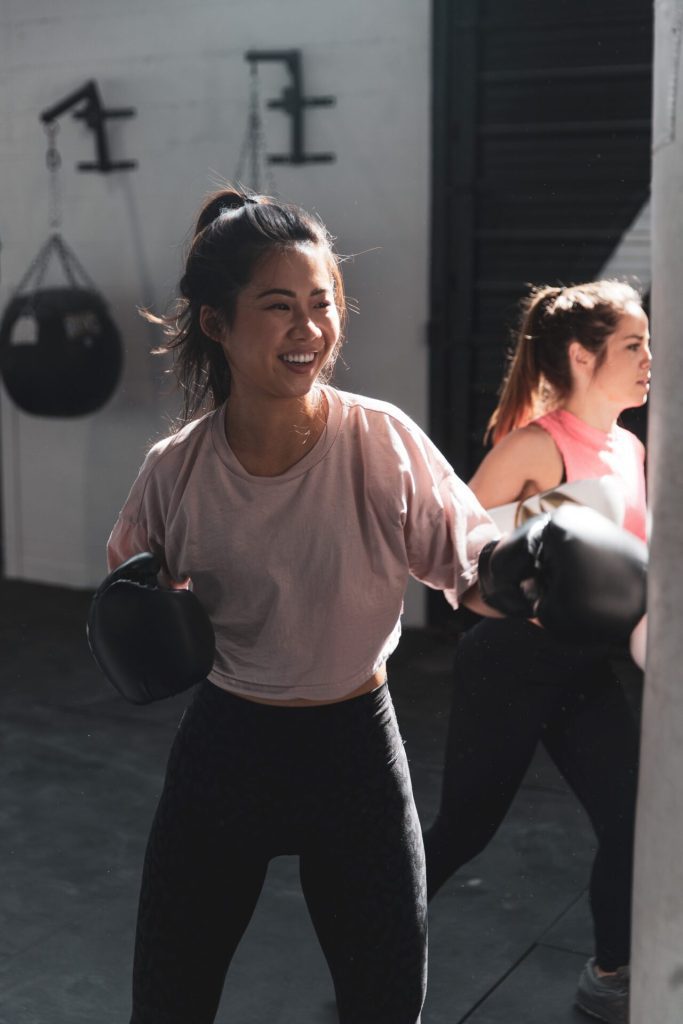
First, exercising boosts the production of the “happy hormones” such as dopamine, serotonin, and endorphins, giving your mood a tremendous boost.
Second, building muscle and losing fat gives you a sense of accomplishment, a reward you won’t get from other sources such as eating, mindless entertainment, and social media.
Third, you feel great physically because you’re stronger and don’t struggle much with physical activities. It’s also possible to heal nagging injuries such as bad back and knees when you’re stronger.
And lastly, looking better boosts a person’s self-esteem. It may not be the most important, but it matters too.
There are plenty of ways to measure your progress
To recap, here are some of the ways you can measure your progress when you begin a training program:
- How much you can lift
- How long does it take to finish a workout
- Body measurements
- Progress pictures
- Weight (combine the data with others for better interpretation)
And here are the subtle signs that you are gaining muscle:
- How your body feels after workouts
- Your form when lifting weights
- Improvement in your posture
- Getting compliments from others
- How your clothes fit
- Feelings of hunger
- Daily activities are easier
- You feel better overall
Instead of relying solely on the weighing scale, look for these signs. Try not to focus too much on progress on the visual aspect, as those take a bit longer. Not seeing immediate progress could kill your motivation.
Try to focus on overall health and feeling better.
Follow your training program until the end, be patient, work hard, and enjoy the fruits of your efforts.

